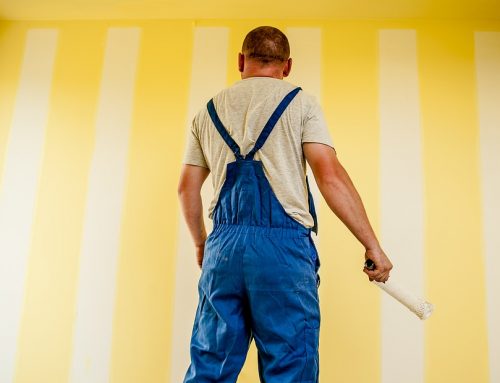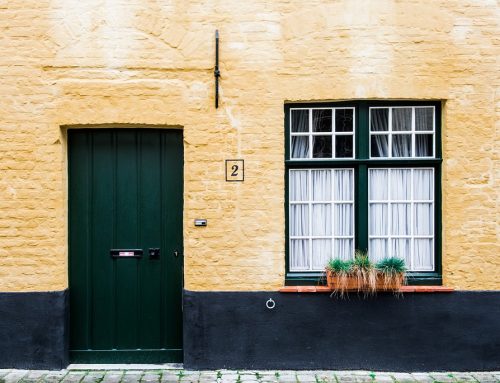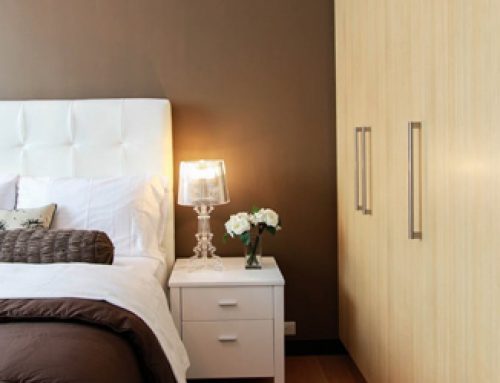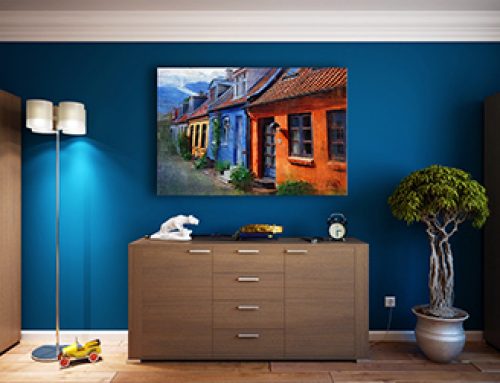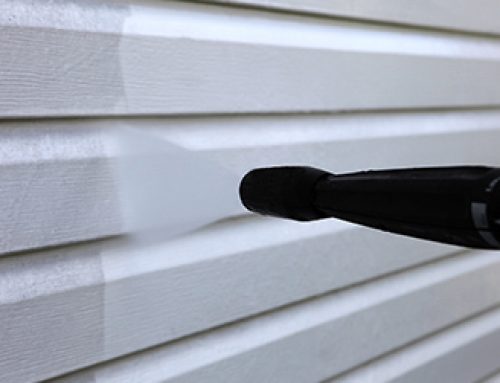When it comes to your home, you are the only person who can decide what colour best suits your personality, style, and mood. However, choosing between all the many different shades and gradients, not to mention colours, can be overwhelming and stress-inducing. As humans, we love choice, but it can also be anxiety-inducing.
You might not be able to afford a great designer to support you through this process, so let us give you the basics.
Primary Colours
These are magenta, lemon yellow, and cyan blue. If you mix these colours, you can get any colour on earth.
Secondary Colours
These colours are what you get if you mix primary colours.
Yellow + Magenta = Orange
Yellow + Cyan = Green
Cyan + Magenta = Purple
You may wonder why we being so careful about the shade of primary colour that is mixed. That’s because other shades are not pure, and so will not mix the same way. For example, if you mix a red that has some yellow in it with a blue, you will probably not get purple. You’re more likely to get brown.
Shades
You can always add white to lighten a shade, or black to darken a shade.
Neutrals
Neutrals are what we call black, white, brown, and grey. They are great if you want a calmer house, or if you have a lot of brightly coloured furniture or décor items.
Now that you have the basics of colour down, you can take some more time to learn about how these basic colours work together in a room. There are many ways to combine colour, as any look at the outdoors can tell you. That’s why we recommend painting a small strip of the wall in the shade you are considering and living with it for a few days. That way, when you call us to start your paint job, you will be utterly confident in your choice.


